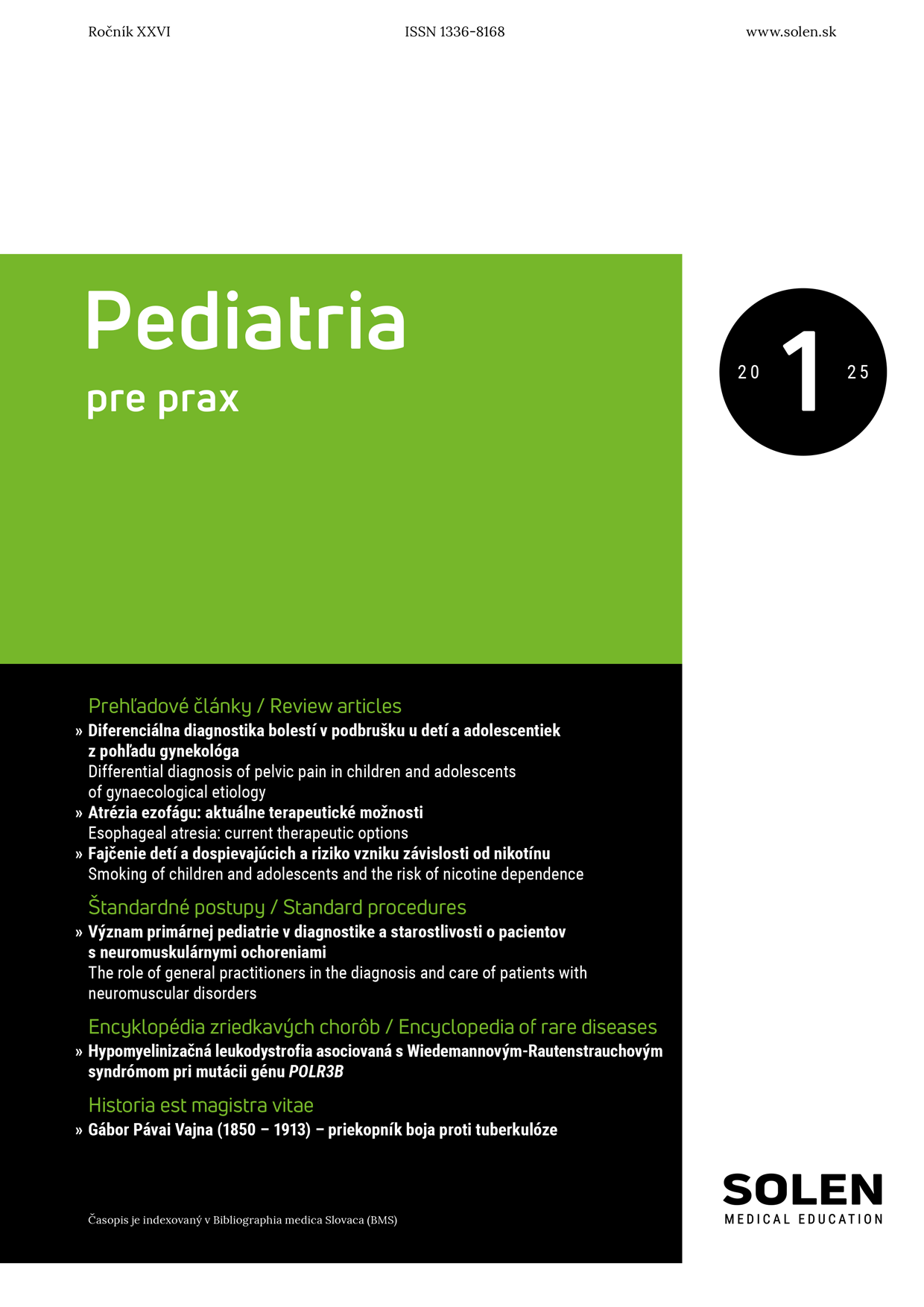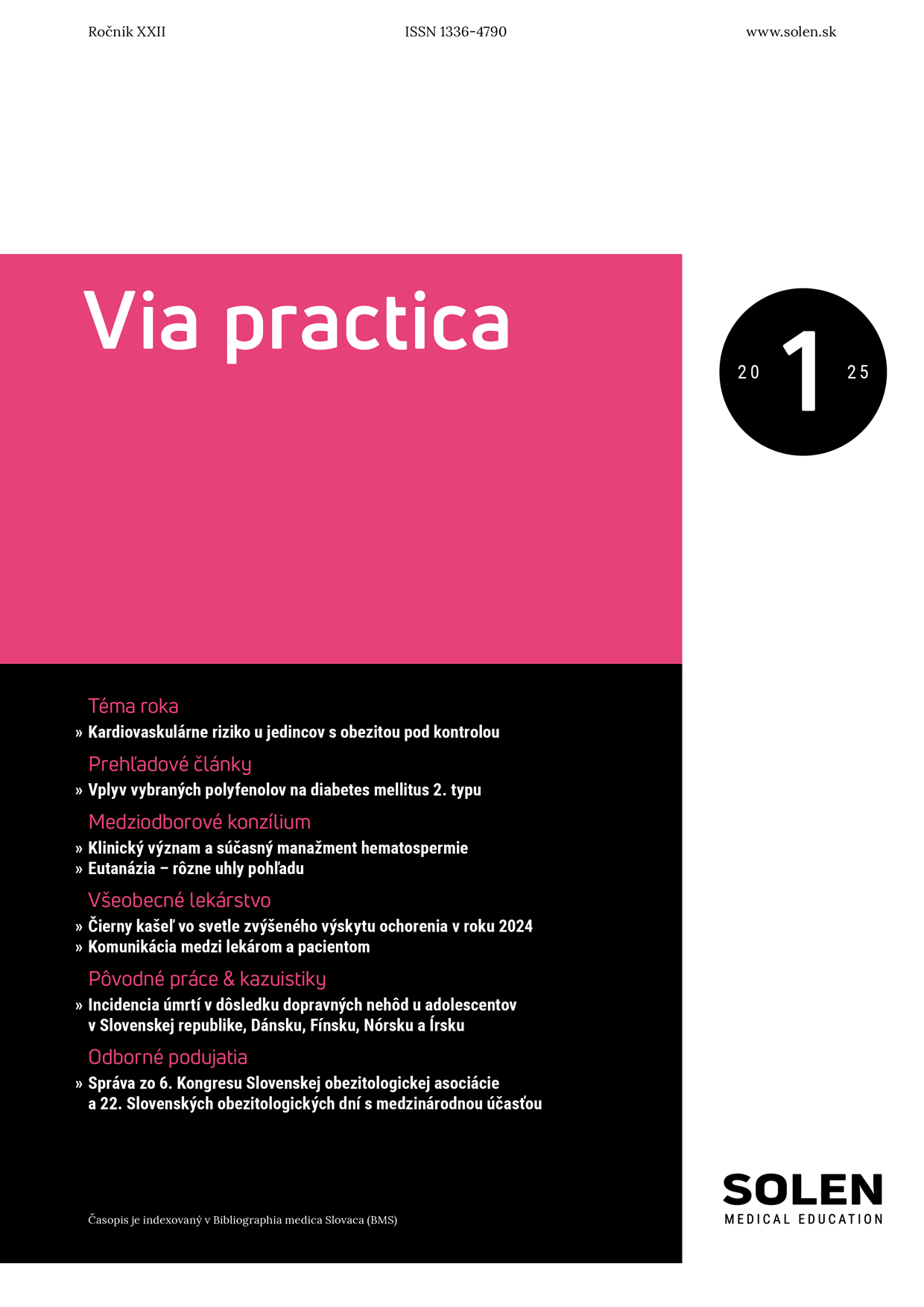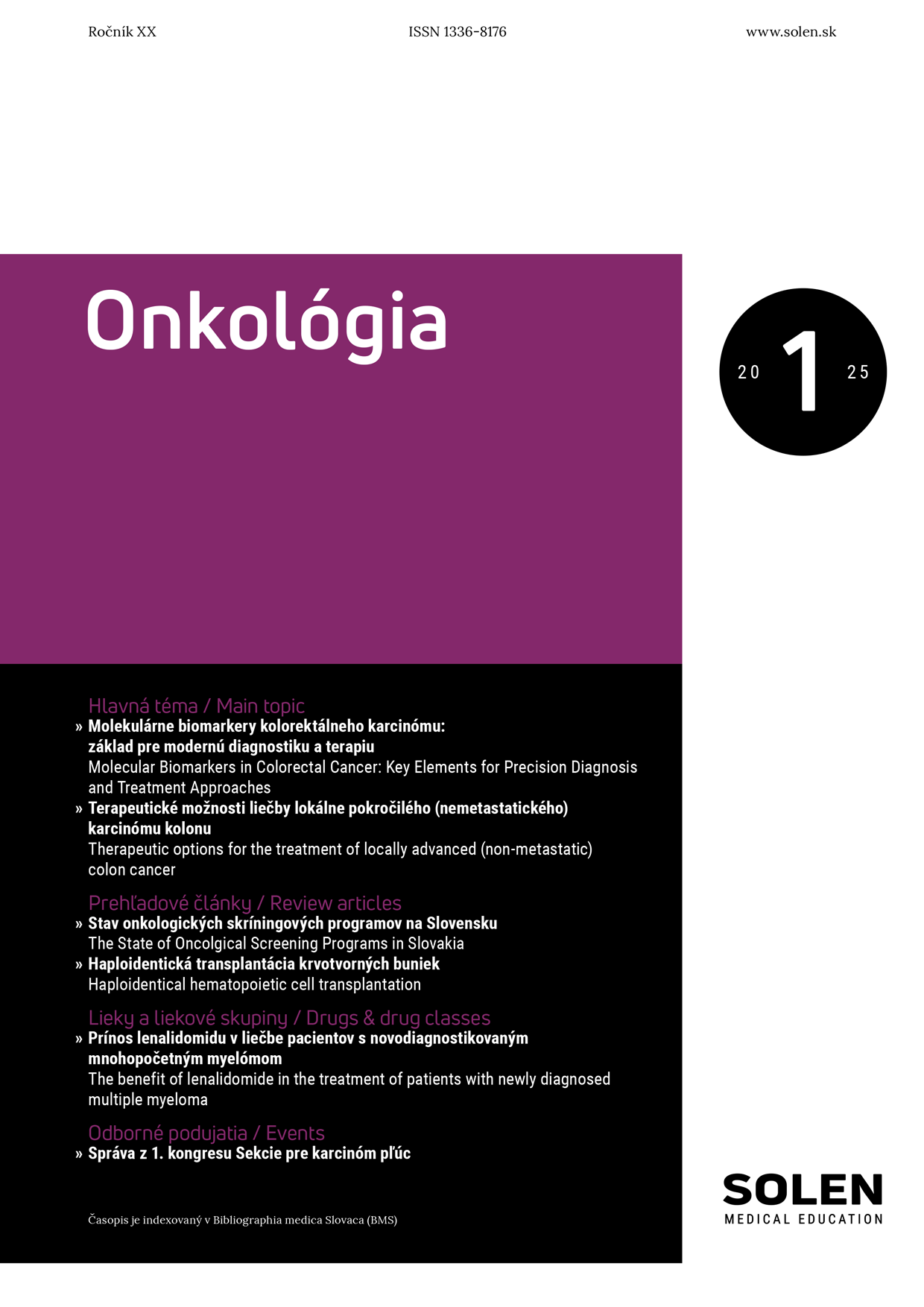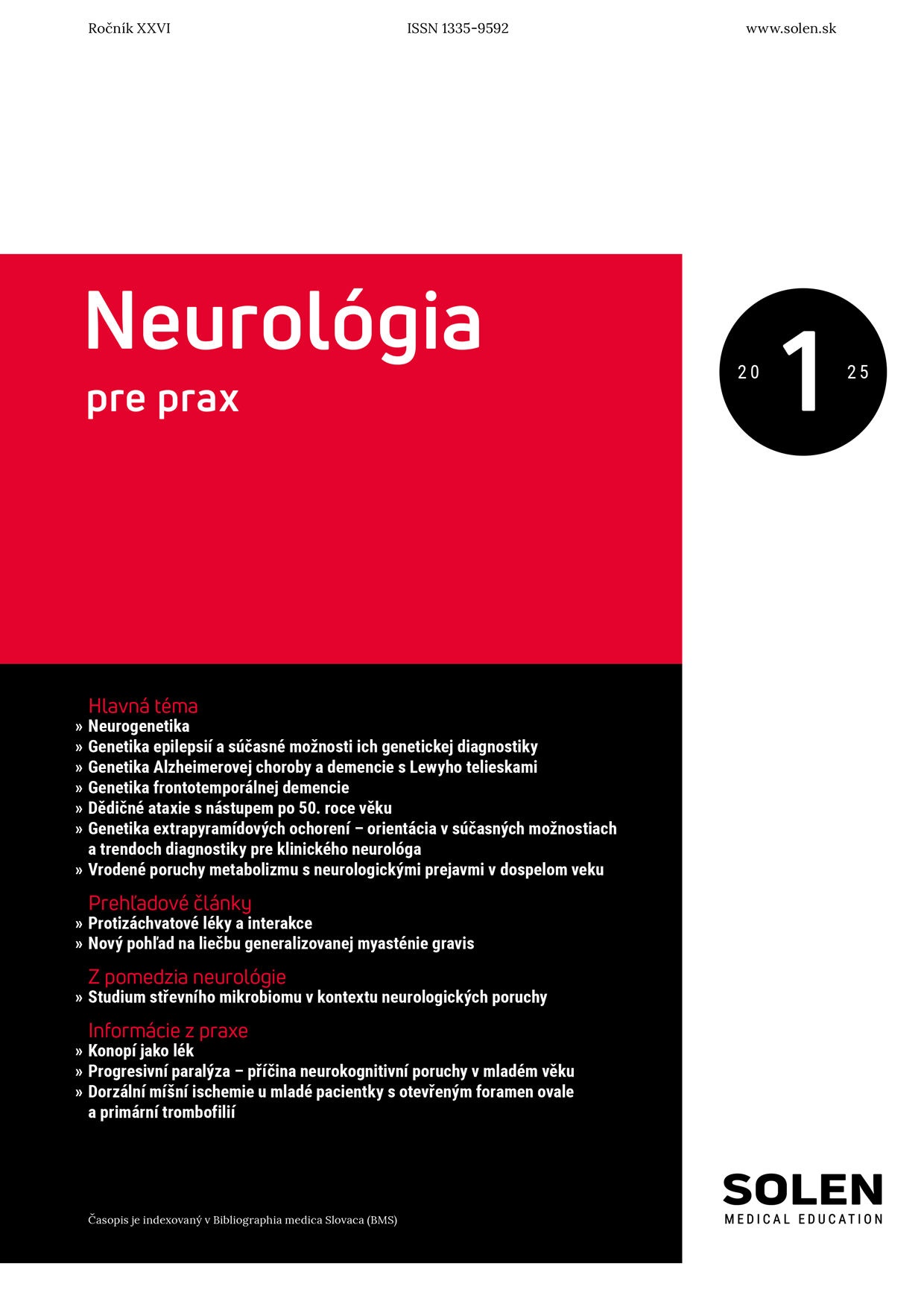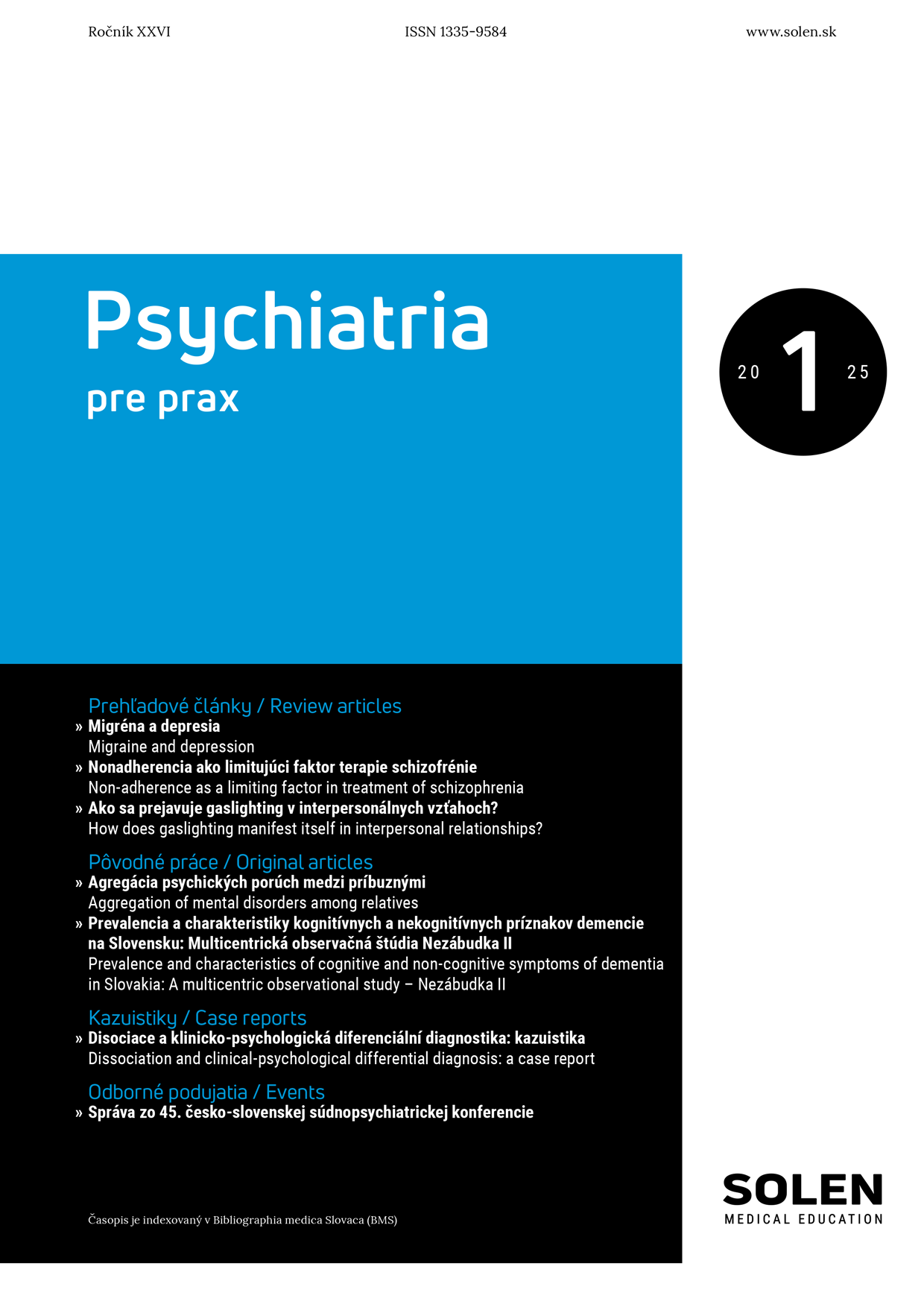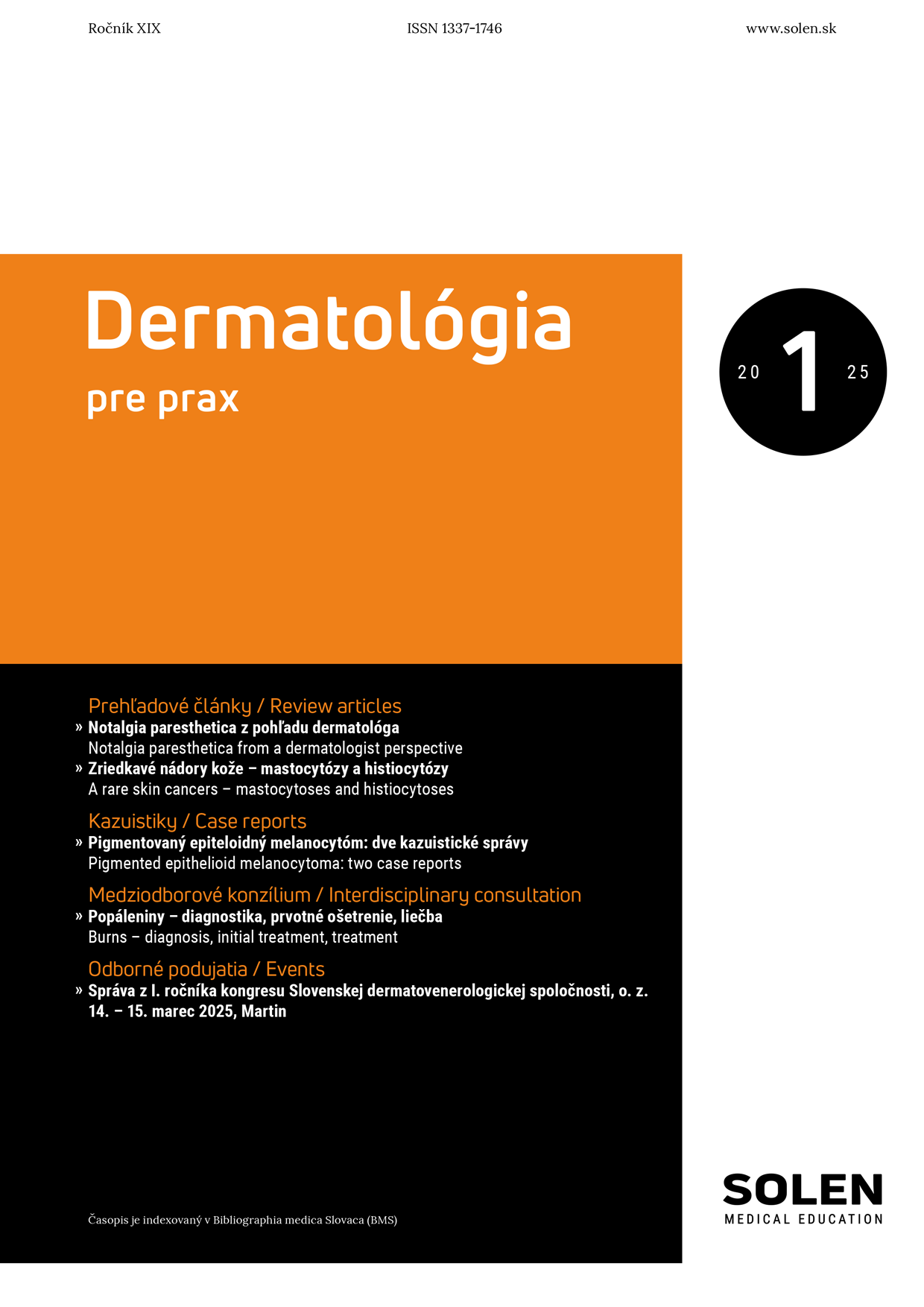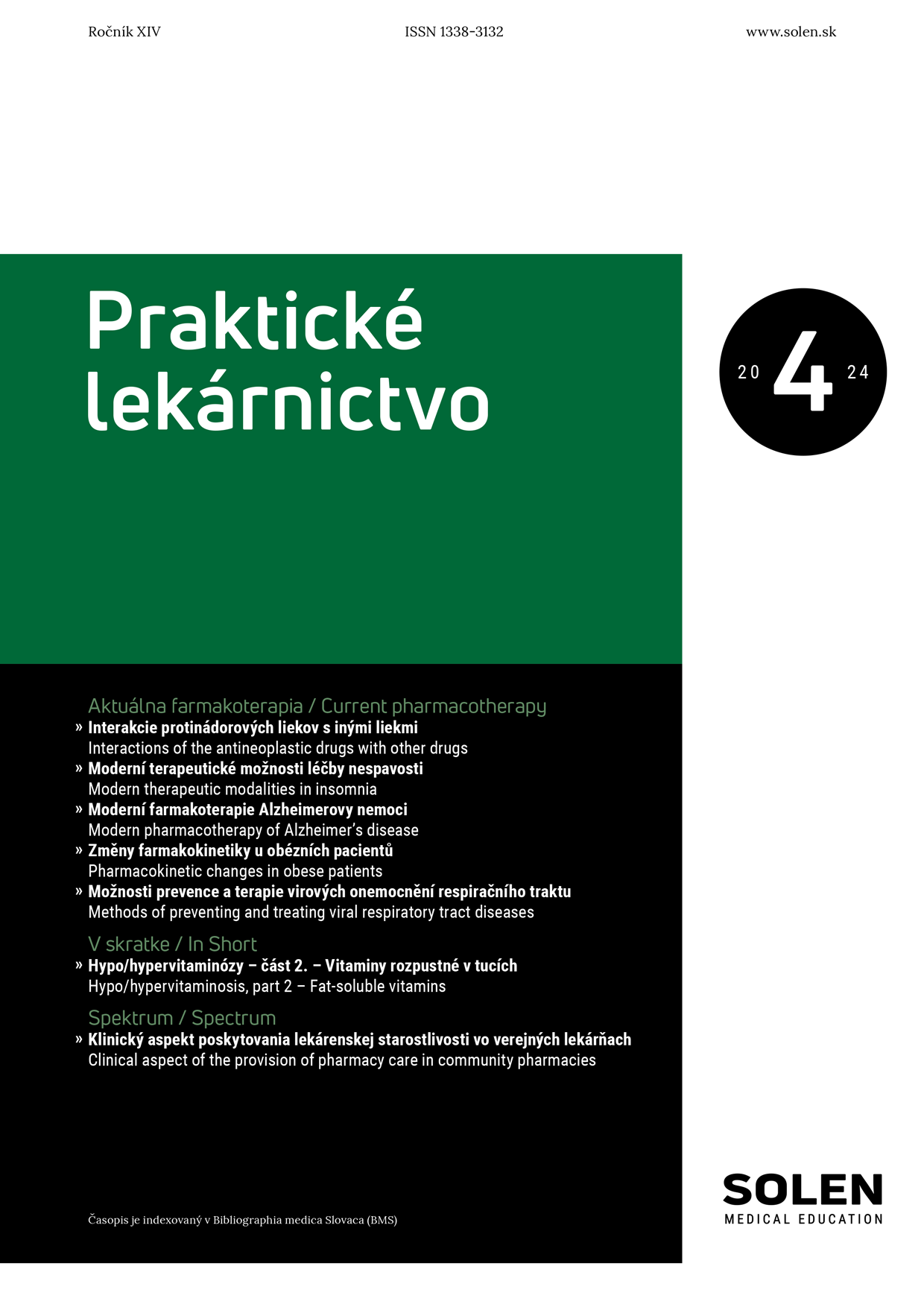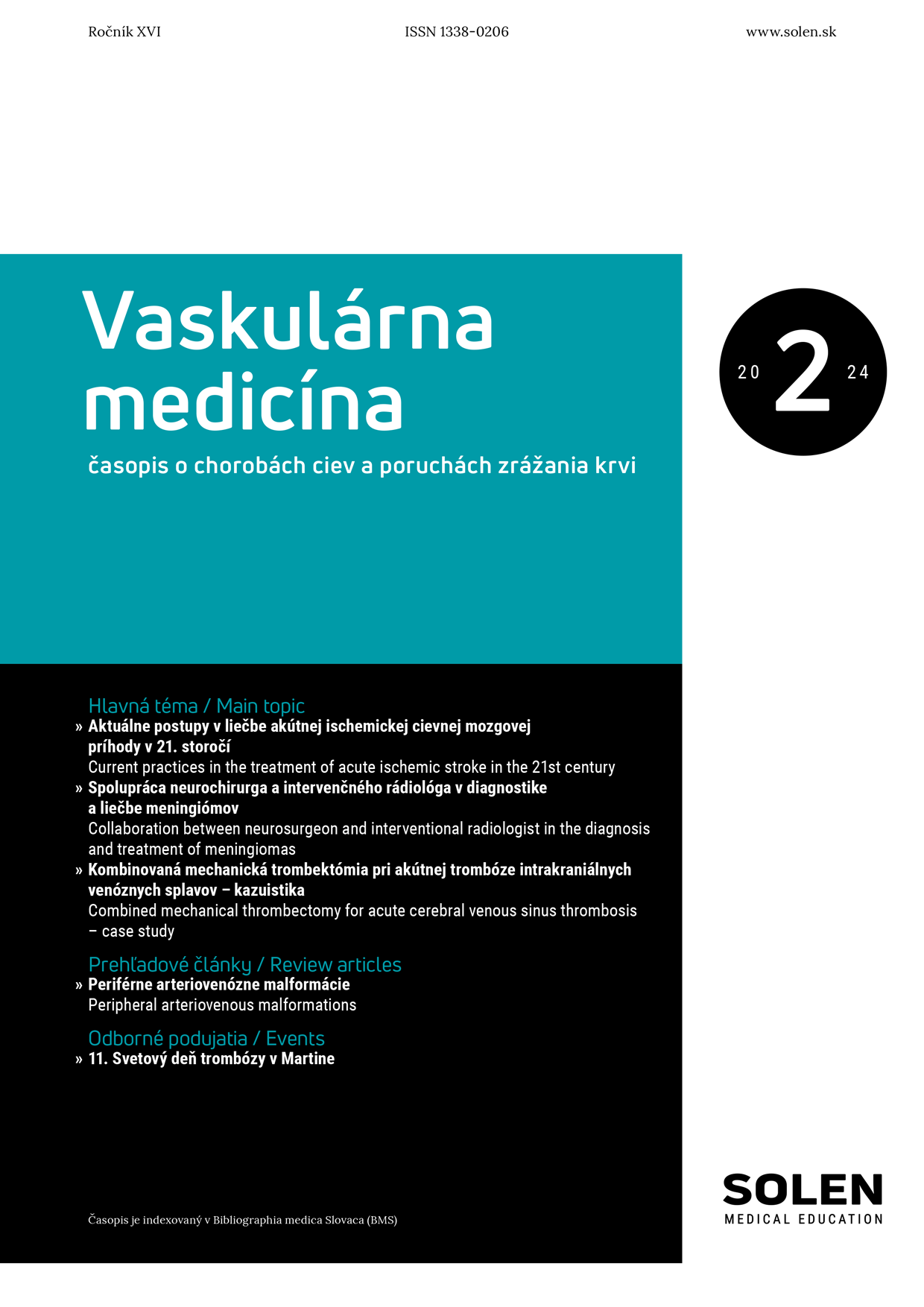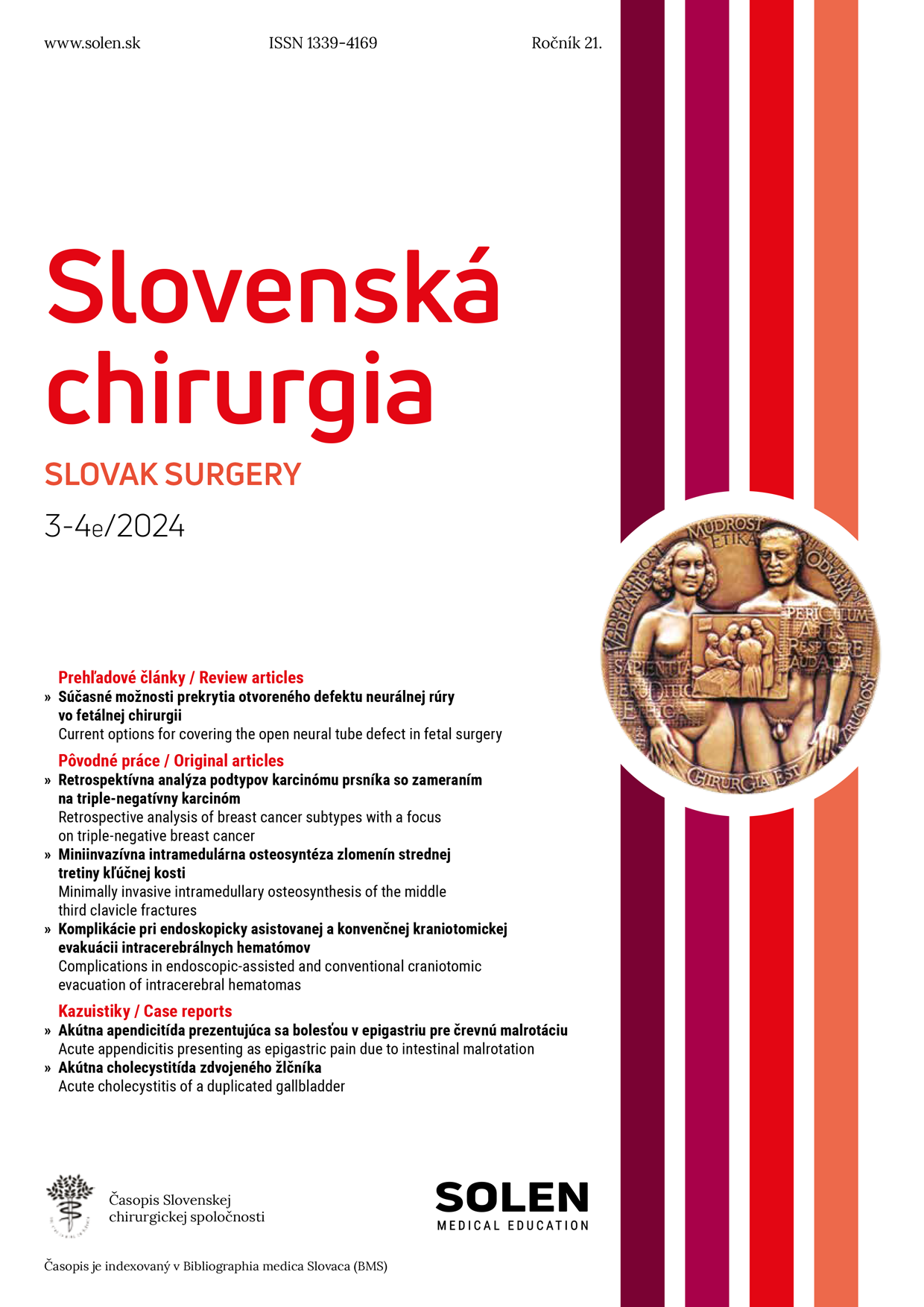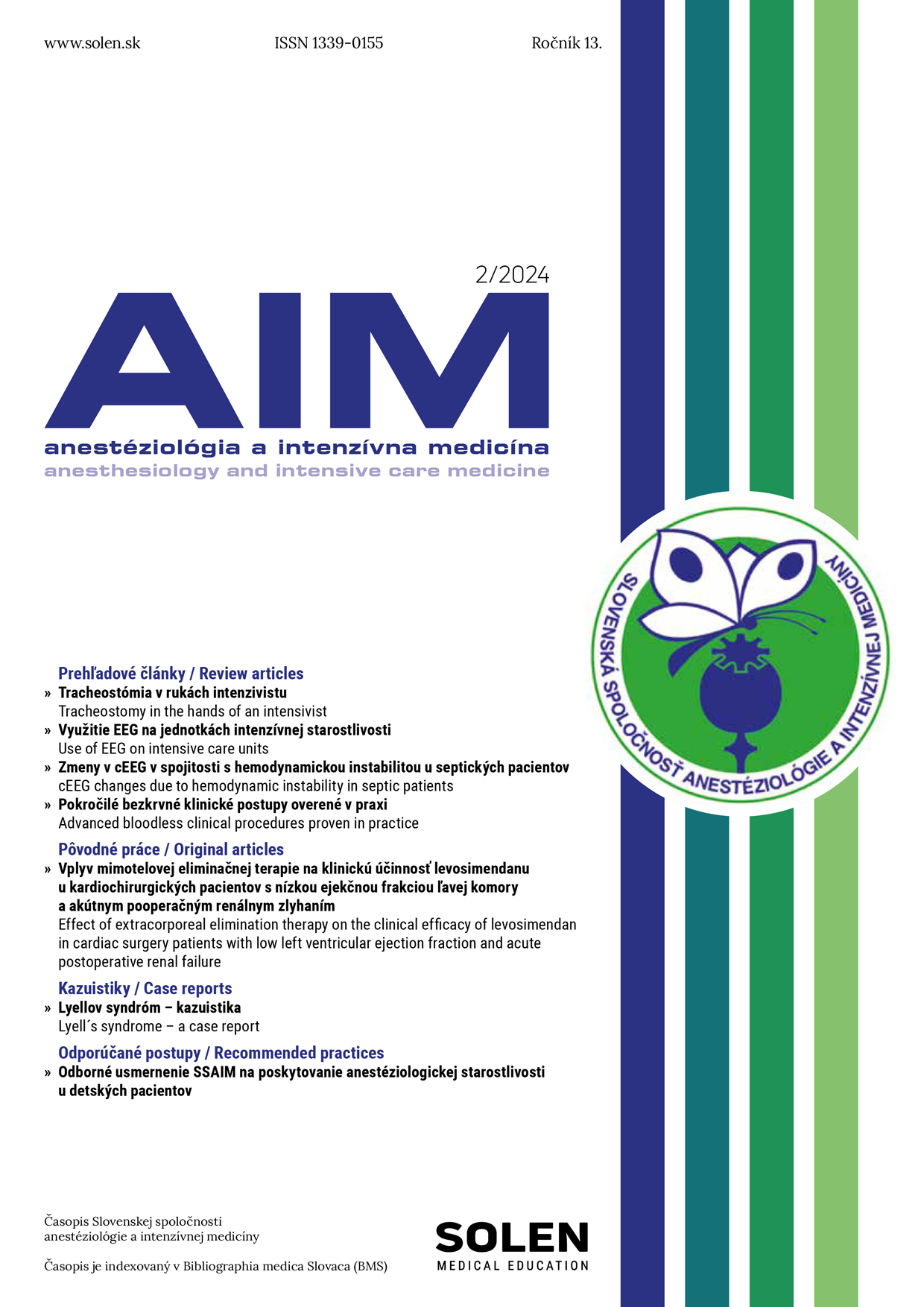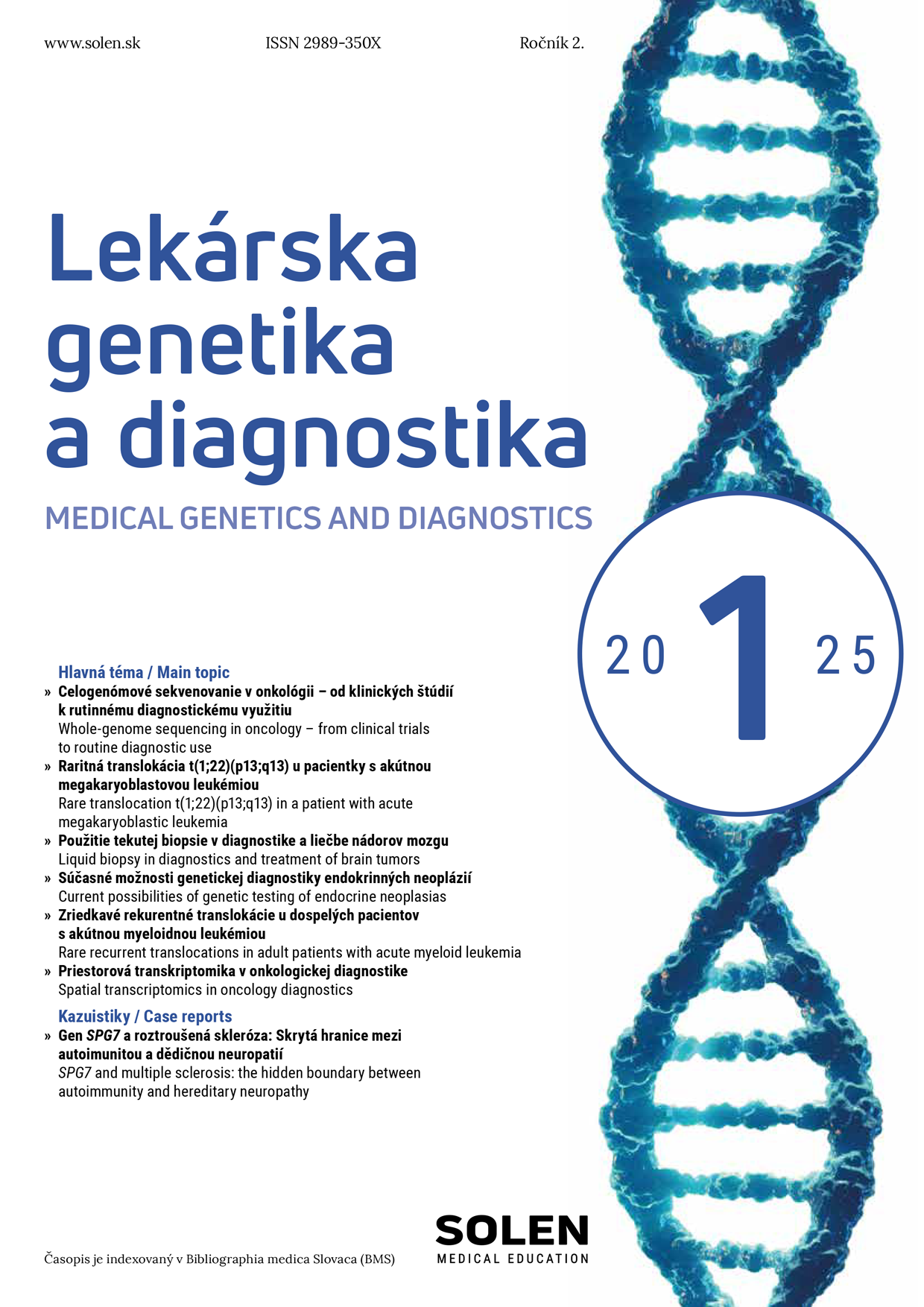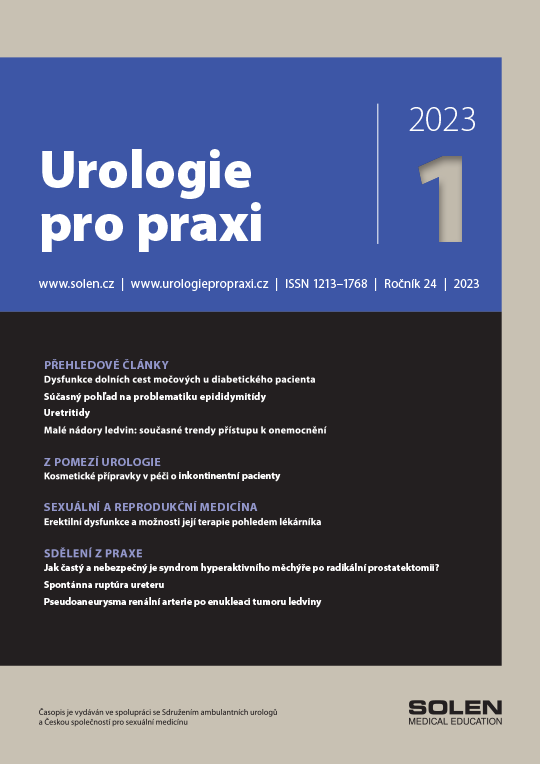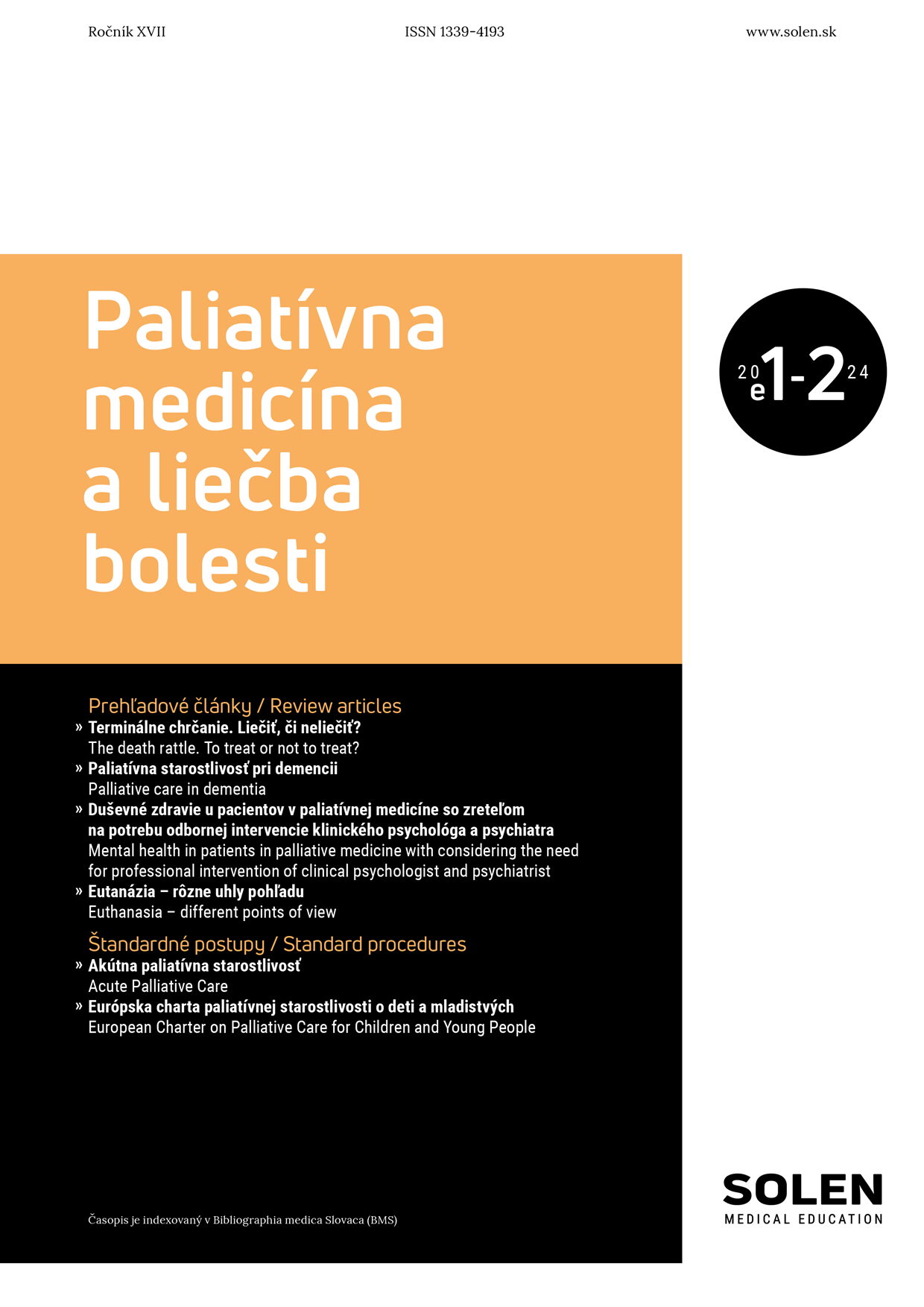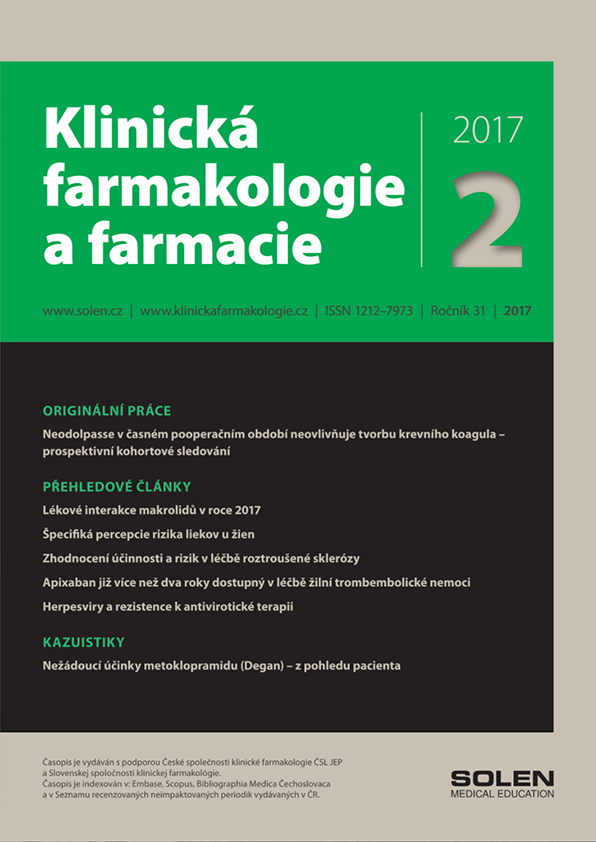Onkológia 1/2025
The benefit of lenalidomide in the treatment of patients with newly diagnosed multiple myeloma
Lenalidomide is a second-generation immunomodulatory drug used in the treatment of multiple myeloma (MM). Its mechanism of action includes inhibiting the proliferation of myeloma cells, modulating the bone marrow microenvironment, and enhancing immune response. Pharmacokinetically, lenalidomide is rapidly absorbed after oral administration, reaching peak plasma concentration within 1 – 2 hours. It has an almost 100% bioavailability and is primarily eliminated via the renal pathway, with approximately 80% of the dose excreted unchanged in urine. The plasma elimination half-life is approximately 3 – 5 hours in healthy individuals but may be prolonged in patients with renal insufficiency. Its approval by the European Medicines Agency in 2007 enabled widespread use in Europe, and today it constitutes the backbone of first-line treatment for MM patients, particularly in combination with dexamethasone or other agents such as bortezomib, ixazomib, carfilzomib, and daratumumab. The aim of this article is to examine the pharmacological properties of lenalidomide and assess its efficacy and safety across various treatment strategies in patients with newly diagnosed MM.
Keywords: lenalidomide, multiple myeloma, therapy


